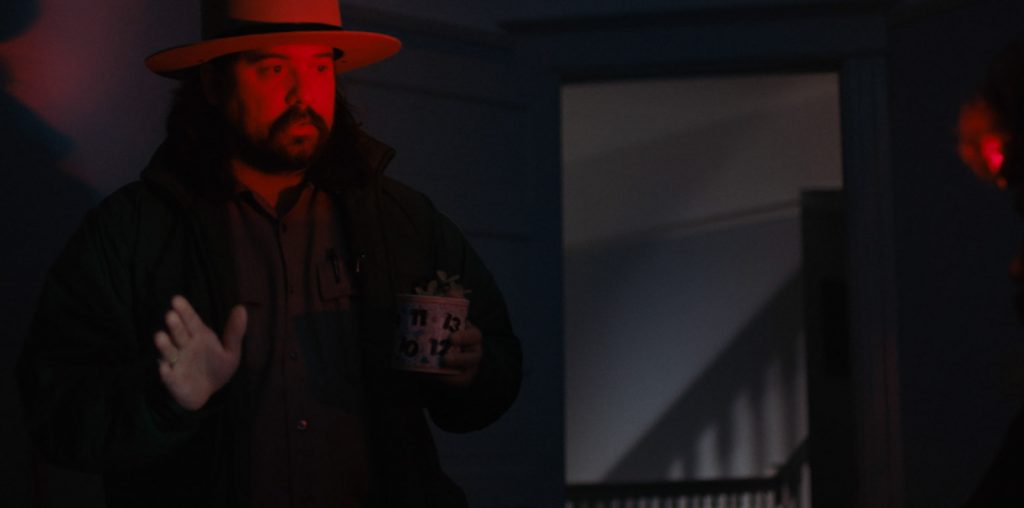
Rod Pulido’s journey from substitute high school teacher to successful indie filmmaker reads like the classic underdog story of a man willing to fight against all odds to make his dream a reality.
Pulido’s four year struggle to make The Flip Side paid off when it became the first Filipino American feature length film to screen at the Sundance Film Festival in January 2001.
The issue of finding an identity through emulating images of popular black or white culture led Pulido to develop the premise for The Flip Side, in which Darius Delacruz comes home from college for the summer with the goal of getting his family to embrace their Filipino heritage.
During the course of the film, Darius finds his hip-hop and basketball obsessed brother Davis and green contact wearing sister Marivic copy black and white culture to the point where they are self-hating and ignorant about being Filipino. Unable to forge a bond with his siblings, he turns to his reclusive lottery playing Lolo (grandfather), a survivor of World War II’s infamous Bataan Death March, leading to the film’s surprise ending.
Pulido began penning The Flip Side script after graduating from film school at Long Beach State, but the mass media and Hollywood’s lack of interest in Filipino American stories meant he’d have to produce the film himself on a low budget. To finance the film, he worked full-time as a substitute high school teacher, giving him the flexibility to work on the film and stay in contact with teens, which he found invaluable in writing realistic hip-hop dialogue for the younger brother. In following with the film’s concept of a black and white dominated popular culture, he chose to shoot in black and white.
Recruiting the cast for the film proved to be a challenge as Pulido found very few working Filipino actors in television or film. Most of the cast members were inexperienced in front of a camera, but all put in a month of rehearsals and reviewed books on film acting before throwing themselves into their roles.
The production got a huge boost when Pulido’s script won the Panavision New Filmmaker Award. Panavision gave the crew free use of an Aaton camera for four weeks, which saved him several weeks of substitute teaching money.
The Flip Side production endured three weeks of equipment failure, permit-seeking police, and the absence of a crew, all with the role of the “Lolo” yet to be cast. On his off days, Pulido drove around Los Angeles auditioning elderly Filipino men at community centers and senior citizens shelters.
But just four days before the crew had to return the Aaton camera, Pulido’s brother Mark brought home Peping Baclig, a World War II veteran who like his character in the film survived the Bataan Death March.
Post-production on The Flip Side lasted two years as Pulido scrapped together money from fundraisers, grants and substitute teaching to finance its completion. A grant from San Francisco-based NAATA (National Asian American Telecommunications) helped him finish the film in time for a screening at the 2000 IFFM (Independent Feature Film Market) in New York, which led to its selection for screening in the Native Forum at Sundance.
During a stopover at NAATA offices prior to the film’s recent theatrical premier in the San Francisco Bay Area, Pulido took timeout to talk about self-distribution and his choice to not “Bootie Dance” with Hollywood producers.
Get the interview in part two of ROD PULIDO: LIFE ON “THE FLIP SIDE”>>>

